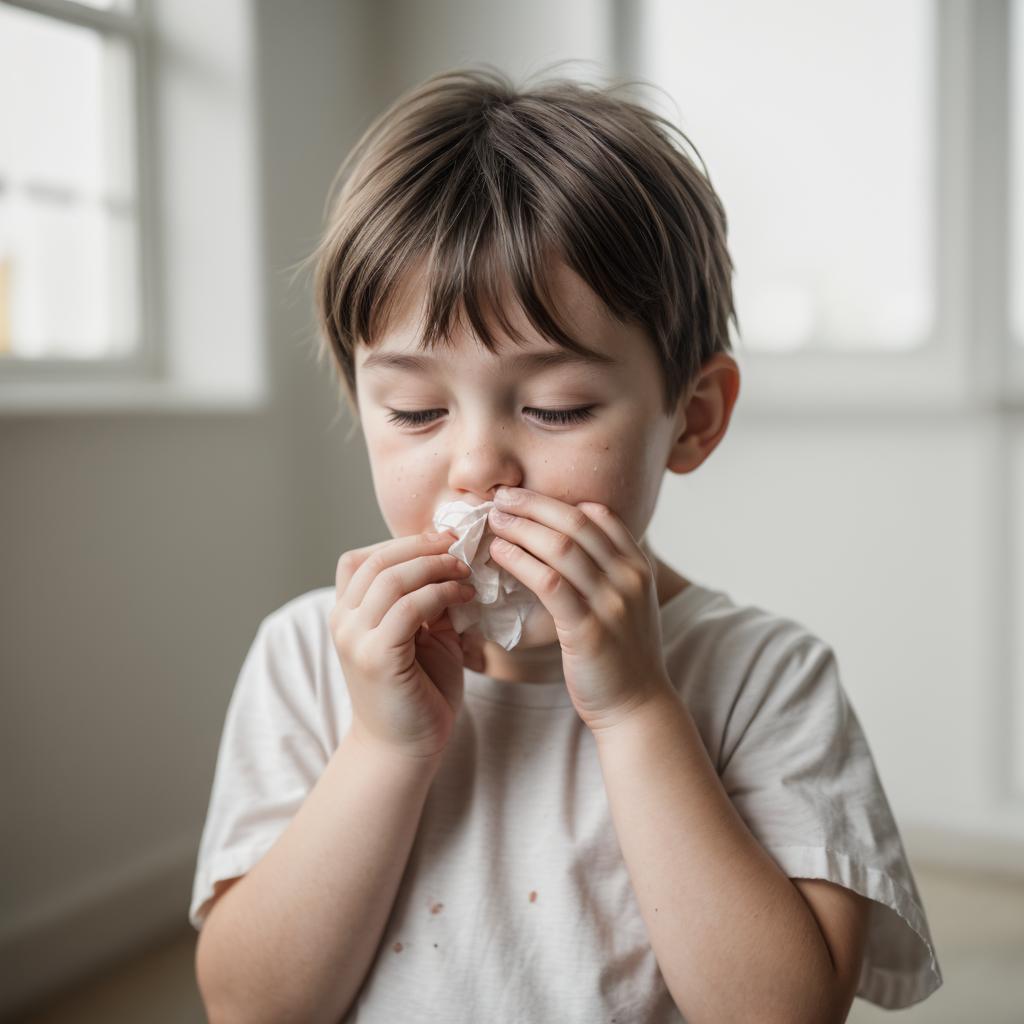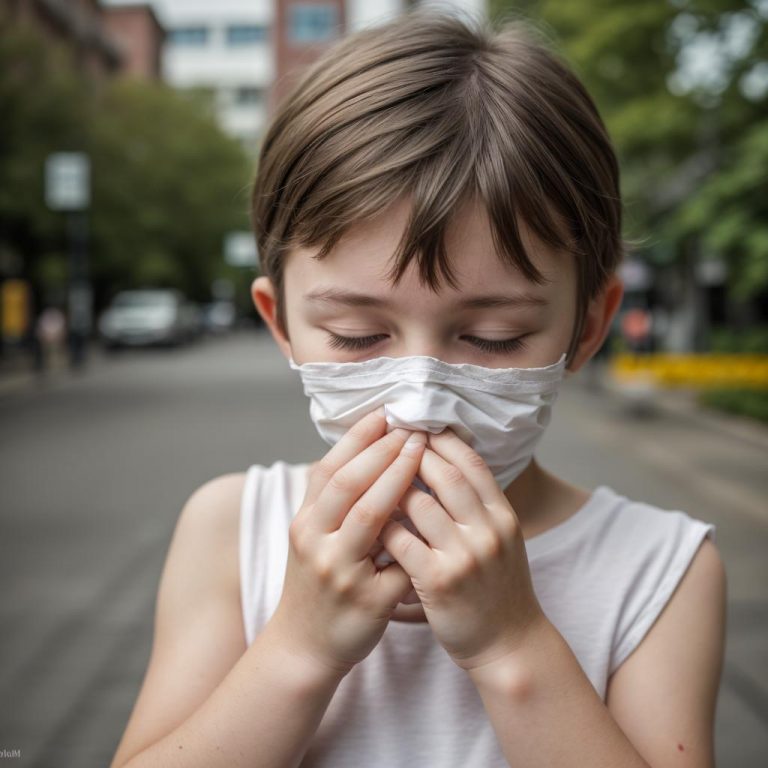
Allergy rash, also known as allergic dermatitis or allergic skin reaction, is a common condition characterized by red, itchy, and inflamed skin.
It occurs when the body’s immune system reacts to a substance that it mistakenly perceives as harmful, triggering an allergic response. Allergy rashes can vary in severity and may be localized or widespread. Understanding the causes, symptoms, and treatment options for allergy rashes is essential for effectively managing this condition.

Causes of allergy rash
Allergy rashes can be triggered by various substances, known as allergens. Common allergens that can cause allergic dermatitis include:
Certain Foods: Food allergies are a common cause of allergy rashes, with common culprits including nuts, shellfish, dairy, and eggs.
Medications: Some medications can trigger allergic reactions, resulting in skin rashes. Antibiotics, nonsteroidal anti-inflammatory drugs (NSAIDs), and anticonvulsants are among the medications known to cause allergic dermatitis.
Environmental Allergens: Pollen, dust mites, pet dander, and mold are examples of environmental allergens that can lead to allergy rashes upon contact.
Chemicals: Exposure to certain chemicals found in skincare products, detergents, or latex can cause allergic skin reactions in susceptible individuals.
Insect Bites: Insect stings or bites from bees, wasps, mosquitoes, or ants can trigger allergic dermatitis in some people.
Symptoms of allergy rash
The symptoms of allergy rash can vary depending on the underlying cause and the individual’s sensitivity to the allergen. Common signs and symptoms may include:
Redness and inflammation of the skin
Itching, which may be mild to severe
Rash or hives, characterized by raised, red welts
Dry, scaly, or cracked skin
Swelling or blistering
Warmth or tenderness in the affected area
In severe cases, allergy rashes may be accompanied by symptoms such as difficulty breathing, dizziness, or swelling of the face, lips, or tongue, which could indicate a potentially life-threatening allergic reaction known as anaphylaxis. Immediate medical attention is necessary if these symptoms occur.
Treatment of allergy rash
Treatment for allergy rash focuses on relieving symptoms and preventing future flare-ups. Depending on the severity of the rash, treatment options may include:
Topical Steroids: Over-the-counter or prescription-strength corticosteroid creams or ointments can help reduce inflammation and itching associated with allergy rashes.
Antihistamines: Oral antihistamines such as loratadine, cetirizine, or diphenhydramine can help alleviate itching and reduce allergic reactions.
Moisturizers: Applying moisturizing creams or lotions can help soothe dry, irritated skin and prevent further damage.
Avoidance of Allergens: Identifying and avoiding triggers that cause allergy rashes is essential for preventing flare-ups. This may involve dietary changes, using hypoallergenic skincare products, or minimizing exposure to environmental allergens.
Medication Review: If a medication is suspected of causing the allergy rash, consulting a healthcare professional for alternative medications or dosage adjustments may be necessary.
In severe cases or when symptoms persist despite treatment, a healthcare provider may recommend further evaluation and additional therapies, such as oral corticosteroids or immunomodulatory medications.
Prevention of allergy rash
While it may not always be possible to prevent allergy rashes entirely, taking proactive steps to minimize exposure to known allergens can help reduce the risk of flare-ups. Some preventive measures include:
Reading product labels carefully and avoiding products containing known allergens
Using fragrance-free and hypoallergenic skincare products
Keeping living spaces clean and free of dust, mold, and pet dander
Taking precautions to avoid insect bites, such as wearing long sleeves and using insect repellent outdoors
Following a balanced diet and avoiding foods that trigger allergic reactions
Allergy rash is a common condition that can significantly impact an individual’s quality of life. By understanding the causes, symptoms, and treatment options for allergy rashes, individuals can take proactive steps to manage their condition effectively. Seeking medical advice for proper diagnosis and treatment is essential, especially in cases of severe or persistent symptoms. With appropriate care and preventive measures, it is possible to minimize the frequency and severity of allergy rashes, allowing individuals to enjoy healthier, more comfortable skin.



